LOST.DIR is a folder created by an Android phone or Windows operating system on an SD card or USB. Basically, this folder consists of files like photos or videos that were lost or accidentally deleted. If you are a smartphone user, you would have already seen LOST.DIR folders on your device or external SD card.
Some users might delete Lost.DIR folder thinking that it is a virus folder, which is completely false. You might have observed that once you delete Lost.DIR folder, it gets automatically recreated after you boot your mobile phone. This is because of the reason that LOST.DIR is the Android system folder.
Common scenarios under which lost.dir files or folder gets created:
- Application crash on your mobile phone
- Improper ejection of the USB drive or SD card
- Removing SD card during the reading/writing process
- Android phone unexpectedly froze or shut down suddenly
- Interruptions while downloading files on SD card, etc.
- SD card keeps unmounting or disappearing
Why is the Lost.DIR folder important?
Lost.DIR folder is important as it acts as a temporary storage folder to help you recover files lost or corrupted due to unexpected system shutdowns, interruptions, or crashes. It is not a typical folder but a file system folder that often saves corrupt files that can be restored safely using reliable methods.
How to Recover LOST.DIR folder from External SD card and pen drive?
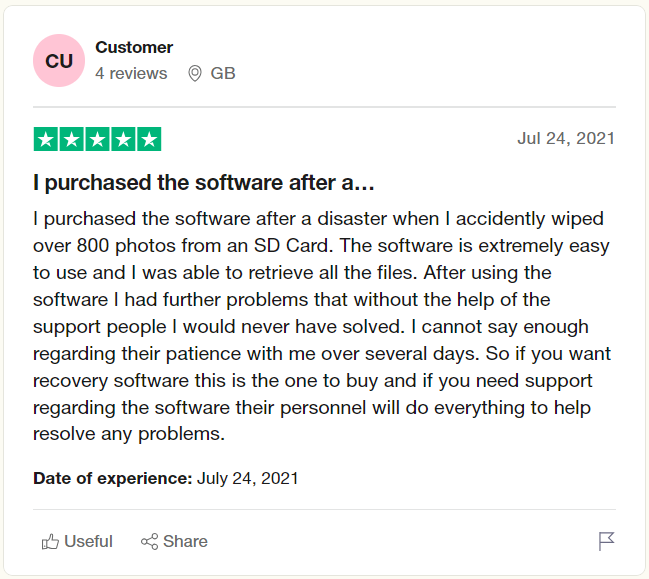
Method 1: Recover LOST.DIR files from SD card using Remo Photo Recovery Software
Utilize Remo Photo Recovery Software, which is an advanced file recovery tool to restore more than 500 deleted or lost file formats like LOST.DIR files, raw images, photos, videos, audio files, excel files, word documents, PDF files, and many more. This tool support file recovery from more than 1000 devices, including various brands of SD cards, pen drives, memory cards, SSDs, etc. Download this tool to restore your LOST.DIR files now!
Steps to Recover LOST DIR Files using Remo
- Launch Remo on your Windows or Mac and connect the SD card or pen drive from which you want to recover Lost.DIR files
- From the main screen, select the external SD card/pen drive and click on the Scan button. During the scanning process, you can click on the Dynamic Recovery View to find how the software is recovering your deleted or lost DIR files from the drive
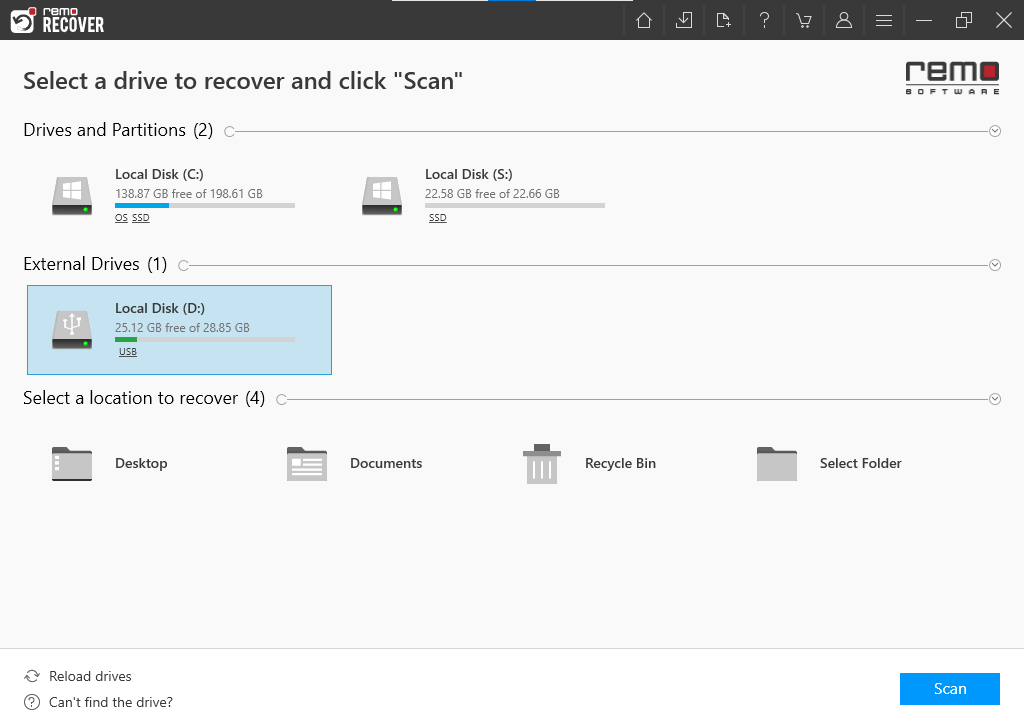
- Once the scanning process is completed, you can go to the Lost and Found Files folder, and locate all your LOST DIR files. Also, you can use the Tags folder to locate your lost photos, videos, or any other file with various properties.
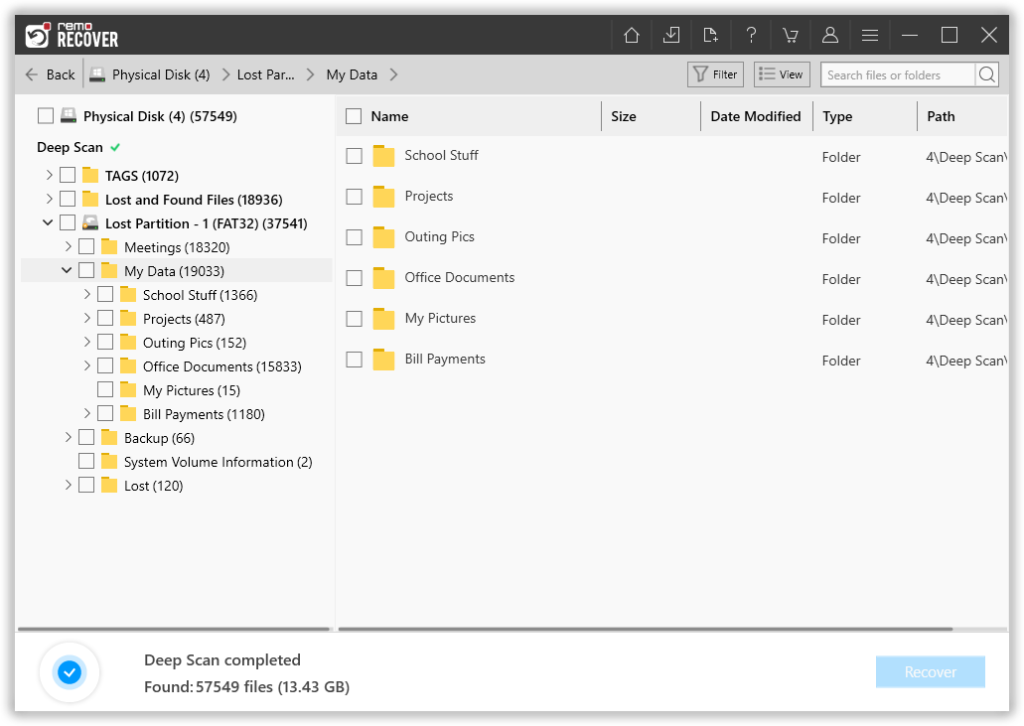
- Now, you can select the LOST.DIR folders or files that you want to recover and click the Recover option to restore them to a location of your choice.
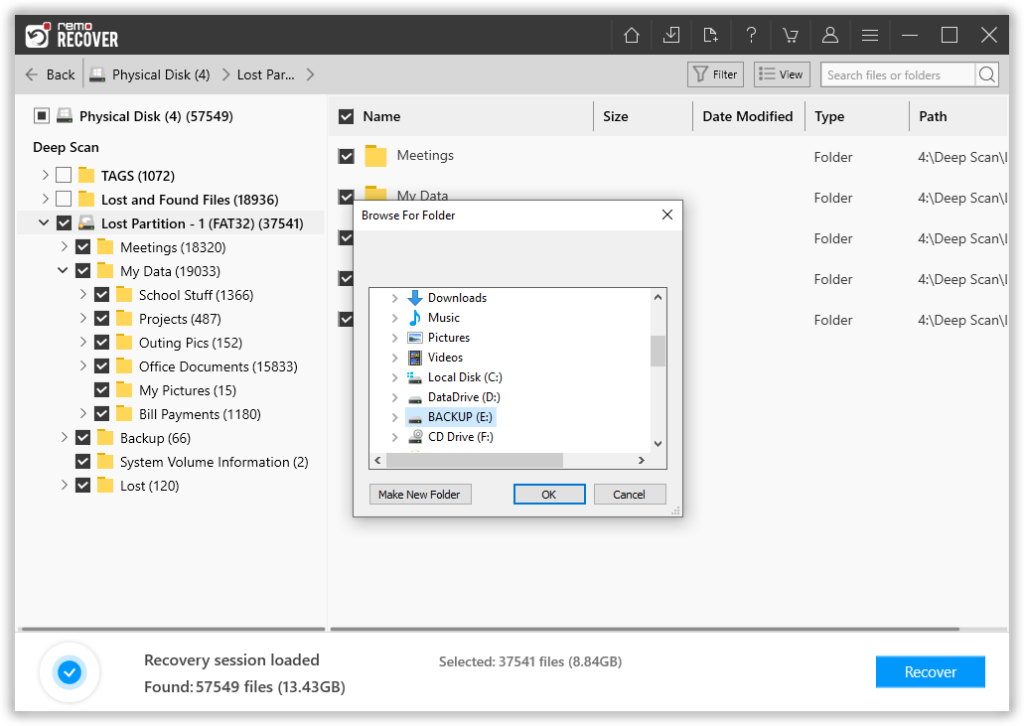
Method 2: Recover files using LOST.DIR by Adding File Extension
Lost.DIR folder serves the purpose of recovering deleted files similar to that of recovering accidentally deleted files from the Recycle bin on a Windows computer or from a Trash bin on a Mac. Follow the below steps to recover files from LOST.DIR folder by adding a filename extension.
Quick Tip: File Extension refers to a suffix at the end of the filename, which indicates a file type, such as .png, .jpg, .mov, .mp4, .avi, .mp3, .pdf, etc.
Steps to Recover files using LOST.DIR (Add Filename Extension)
- Go to the LOST.DIR folder and select the LOST.DIR file which you want to recover.
- Now, rename and add the filename extension to the LOST.DIR file.
Eg: (Filename.extension) Audio.mp3, favorite audio.mp3, Video.mov, Wedding video.mp4, Image.png, etc.
(Or)
Search for the LOST.DIR folder using the file name and check all LOST.DIR files to Batch rename and start adding the file extension.
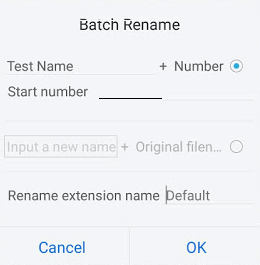
- Once you complete adding relevant file extensions to the lost directory files, you can try opening them.
- In case you don’t find the LOST.DIR files or folders on your SD card or USB, then use Remo Recover. It is an advanced tool to perform SD card recovery on Windows 11, 10, and its previous versions
Frequently Asked Questions
Yes, it is safe to delete the Lost Directory from your Android phone. Basically, Lost.DIR folder saves the memory data, cache files, and multiple other documents. So, you can safely delete LOST.DIR folder if there are no important files saved on it. This will also increase your SD card’s storage space. However, when you reboot your Android phone, the LOST.DIR folder will be automatically recreated.
a) A user-friendly LOST DIR file recovery tool to easily recover LOST DIR files from a pen drive and external SD card.
b) Helps you recover videos from an SD card, external hard drive, and pen drive in simple clicks.
c) Apart from LOST DIR files recovery, you can also get back deleted or lost images, videos, audio files, Office files, etc., from various internal and external storage devices.
d) Easily perform data recovery under various data loss scenarios like SD card or pen drive corruption, formatting, accidental deletion or loss, etc.
e) Remo Recover is compatible with all the latest versions of Windows and Mac operating systems, including Windows 11 and macOS Ventura.
Follow the below tips to prevent LOST directory files on your Android;
1. Avoid sudden shutdown of your Android phone.
2. Frequently clear junk and cache files.
3. Properly eject the SD card.
4. Avoid running unused apps in the background.
5. Format your SD card or Flash your Android phone.